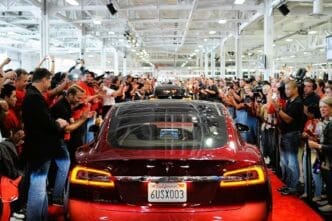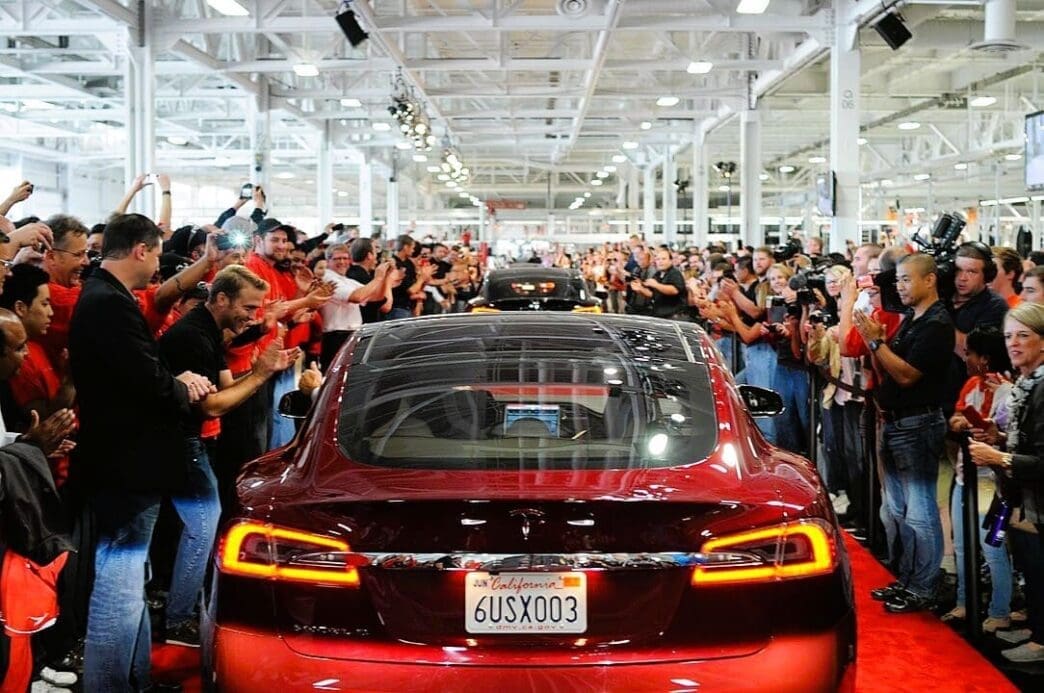In a strategic move to boost sales amid a slowdown in domestic deliveries, Chinese electric vehicle manufacturers have introduced a variety of incentives, including no down payment options and interest-free loans for up to five years.
Many electric car companies, including major players like Tesla and emerging startups such as Xpeng, have rolled out aggressive promotions following a reported drop in vehicle deliveries early this year. This trend aligns with the overarching concerns about weakening consumption indicators within China’s automotive sector, as highlighted by Liz Lee, associate director at Counterpoint Research. Observing the market dynamics, Lee noted that these promotions began around the Chinese New Year holidays, a critical period for consumerism in China.
As part of these promotions, Tesla announced a significant offer for its Model 3, providing an 8,000 yuan insurance subsidy combined with a five-year 0% interest financing option. This effectively lowers the purchase price by almost $1,100 for customers committing to a 34% down payment. Tesla has also extended a similar interest-free plan to the Model Y, with deliveries for this model expected to commence in March. These measures came after Tesla recorded record sales in China last year, though the brand remains vigilant about intensifying market competition.
Xpeng, a Chinese startup, has taken an even bolder step by eliminating down payments entirely for its interest-free financing across four models. The company emphasized in its promotional activity on social media that it is currently the only automaker offering such terms. This initiative builds on previous sales strategies, such as waiving down payments for specific models like the G6 SUV.
Other manufacturers, including Nio and Li Auto, have also introduced similar financial incentives. Nio, for instance, launched a five-year, 0% interest plan starting in February, escalating from its earlier three-year scheme. Li Auto implemented a three-year interest-free program late last year.
Stephen Dyer, a partner and managing director at AlixPartners, highlighted the significance of these incentives, describing them as an indirect method of reducing prices while maintaining their nominal figures. Despite these developments, Dyer observed that Chinese consumers typically exhibit caution, often waiting for potential further price reductions before making purchasing decisions.
Current market indicators suggest a sharp decrease in deliveries reported by several notable electric vehicle brands in January, following a robust performance in December. BYD, identified as a significant player, saw a reduction in sales from over 509,000 units in December to approximately 296,000 in January.
This competition is notably challenging foreign automakers, which have struggled to keep pace with China’s accelerating shift towards new energy vehicles—a segment now representing more than half of the country’s new car sales. Projections from Counterpoint suggest that new energy vehicles will dominate over 85% of the Chinese passenger car market by 2035.
Amid this climate, Ford’s recent strategic adjustments highlight the international ripple effects. Despite profitable operations in China, Ford’s reorganization reflects a necessity to enhance competitiveness against rapidly scaling Chinese automotive companies.
In this evolving market landscape, only local brands are expected to thrive long-term as they continue to adapt and innovate in response to both domestic and international pressures.
The current wave of incentives from Chinese electric car manufacturers underscores a critical phase in the nation’s automotive landscape, with companies vying for market share amid slowing growth. These strategies not only aim to stimulate immediate sales but also reflect broader trends towards sustainability and new energy adoption, positioning local brands to potentially lead the future of the global automotive industry.








